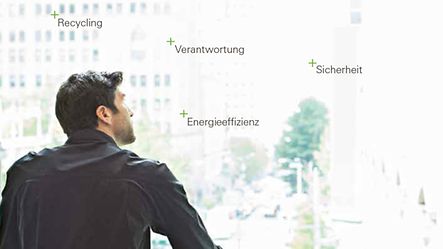Sustainable from the outset
Building means thinking years ahead. Buildings which we design today determine how future generations will live and work. Cradle to Cradle is therefore an essential part of our 360° sustainability approach. Properties that are inspired by the Cradle to Cradle principle fulfil the standards of tomorrow today while also functioning as a valuable raw materials stock.
The Cradle to Cradle philosophy is the basis for all product developments at Schüco. When it comes to implementing the C2C principle in the construction sector, Schüco leads the way with 43 systems already certified with Silver status. All C2C-certified systems from Schüco are available as standard at no additional charge and already meet the standards of tomorrow. This also means that C2C-inspired properties maintain their value better than conventional buildings.
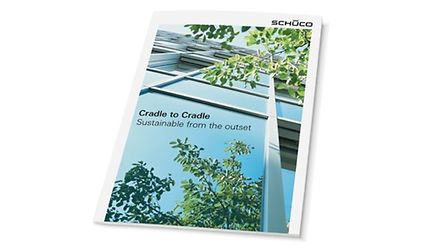

“Sustainability is not a trend – it’s an attitude. This is reflected in all areas of our company. Schüco is one of the pioneers in the construction industry, not only with regard to sustainability issues, but also in the development of C2C-certified products. We anticipate that the need and hence the demand for these certificates will increase significantly. After all, no other system covers sustainability at product level so extensively and consistently.”
A revolutionary Concept
Nature was the inspiration for the groundbreaking design concept of the two forward and lateral thinkers, Professor Michael Braungart and William McDonough. The C2C philosophy views all materials to be nutrients in closed biological or technical cycles. This approach goes far beyond conventional notions of recycling, as the materials retain their quality and there is no waste.
Cradle to Cradle products and production processes require radical new thinking and comprehensive, forward-thinking planning – from production out of raw materials and the usage phase through to dismantling, processing and reuse as raw material. There must be proof that all materials used are free of pollutants and produced using renewable energy so that they are safe and do not harm people or the environment.
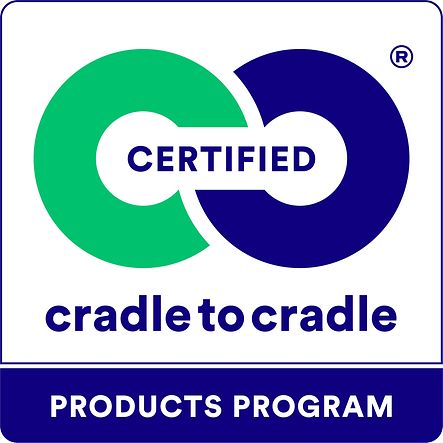
The Cradle to Cradle recycling system
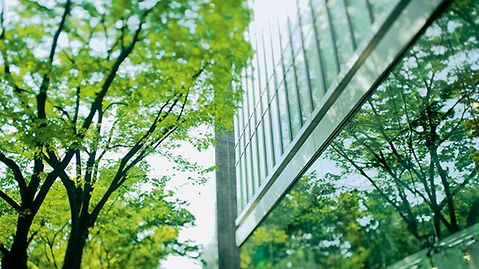
Strict criteria for certification
In order to achieve certification in accordance with the C2C Certified™ Product Standard, products are assessed against five extensive criteria. All criteria are weighted equally, however the material health is given particular importance. If a material contains substances on a banned list, certification will not be granted. In each assessment criterion, one of five certification levels can be achieved: Basic, Bronze, Silver, Gold or Platinum. The results are recorded on a scorecard. The overall result for a product is based on the weakest criterion assessed.
Material Health
Material Health
Material health of substances used
The health and safety of humans and nature must be guaranteed. To this end, manufacturers should record the substances and assess their toxicology, adhere to limit values and forbidden substances, and substitute problematic substances.
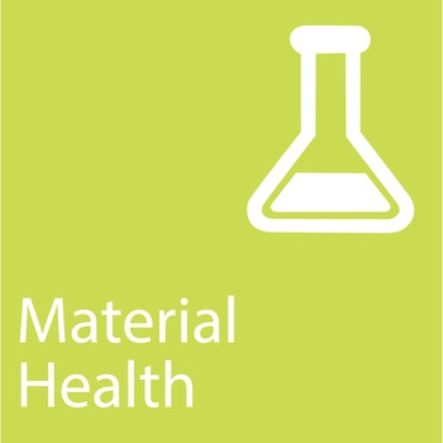
Material Reutilization
Material Reutilization
Recyclability of the product in the technical or biological cycle
Manufacturers are required to manufacture products with high reutilisation potential. To this end, it is necessary to provide proof of good recyclability, encourage a high proportion of secondary raw materials and implement return processes.
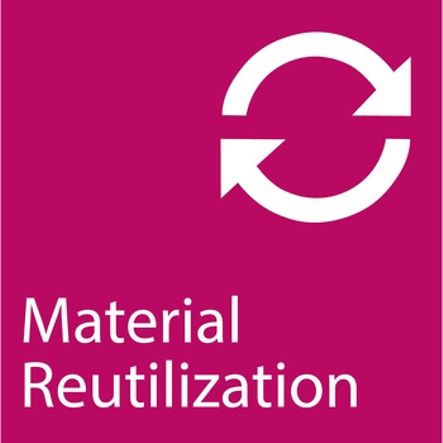
Renewable energy
Renewable energy
Use of renewable energies
The aim is to use renewable energies. To this end, manufacturers should record greenhouse gas emissions, use renewable energies for production and further processing or balance out the emissions caused by energy consumption with certificates.
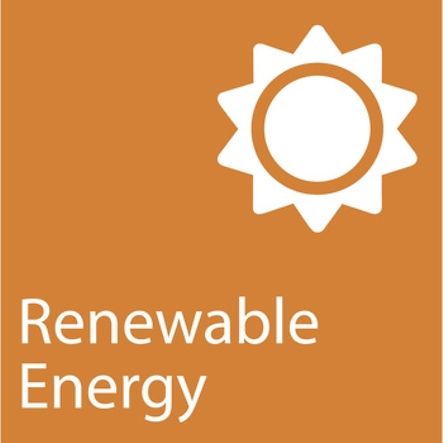
Water Stewardship
Water Stewardship
Responsible water management
It is important to have a fair and conscious approach to managing water use. This requires a strategy for handling water responsibly, water audits and the removal of water supply and quality problems.
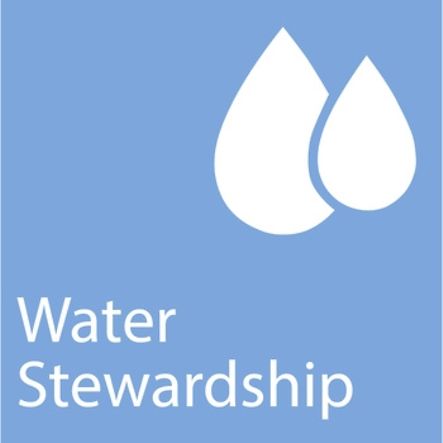
Social Fairness
Social Fairness
Adherence to social standards
Human dignity and the integrity of natural systems should be respected. To this end, in-house or third-party audits need to be carried out, social problems in the supply chain rectified and positive impact strategies implemented.


“We need to rethink sustainability if we want to shape the future of our planet in a positive way. Cradle to Cradle thinks in terms of "more benefits" rather than "less damage". To this end, C2C aims to produce intelligent products which are circulated infinitely in technical cycles without loss of quality.
The construction industry can take a leading role in this paradigm shift. The building sector accounts for around half of material consumption worldwide. We should use this fact as an opportunity to innovate and drive forward the development of products that are truly recyclable.”
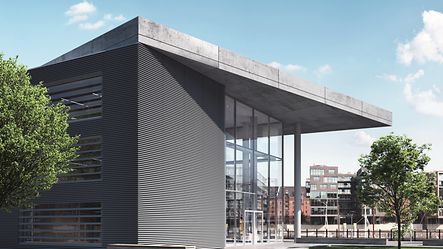
Sustainable planning made simple
Every building is unique. Architects and planners therefore need solutions that allow them to plan and configure their building projects in a flexible way. The Schüco modular system is the ideal basis for creating individual combinations of window, door and façade systems – and keeping full control of costs and quality in the process.
Schüco achieved Bronze C2C certification for its modular system back in 2016. This means that certified articles can be used to put together entire production line with the C2C Bronze standard. The C2C modular system had Silver certification since 2018. 43 systems are now certified to the high C2C Silver standard.
SchüCal: Design software SchüCal introduces the modular system to modern planning practice, allowing individual window, door and façade combinations to obtain C2C verification. SchüCal also quickly checks all Silver-certified Schüco systems to see whether there is a C2C-compliant configuration. At the touch of a button, it generates environmental product declarations, U value calculations and CE Declarations of Performance. This gives façade developers and architects complete design freedom and reliability for planning a sustainable building envelope.
Building Certification: C2C-certified products are viewed positively by the LEED and DGNB (German Sustainable Building Council) building certification systems. Moreover, the certification can be used as a supporting document in many other green building standards. Schüco supports architects, investors and fabricators with detailed documentation on the current certificates.
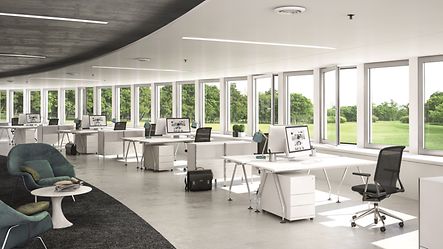
Certified Cradel to Cradle Façades
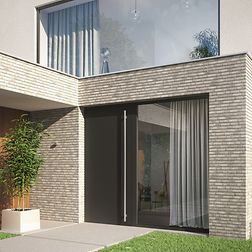
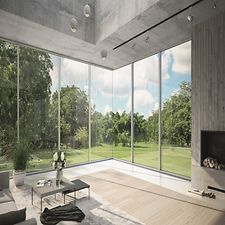
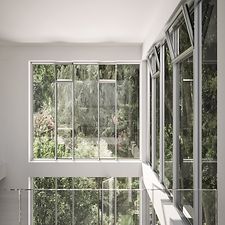
The first buildings
The first C2C-inspired building in Germany is the RAG headquarters on the UNESCO World Heritage site of the Zollverein coal mine in Essen. It is fitted with the Schüco AWS 75.SI+ aluminium window system with Silver certification. The individual window units are designed so that they can be fully recycled if the building is demolished or converted, making a zero-waste façade a reality. The RAG building is likely to receive the Platinum DGNB certificate.
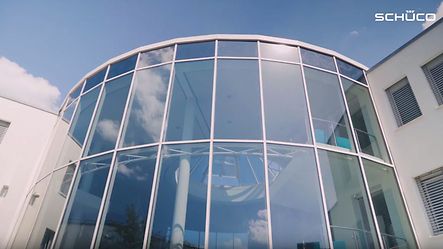
Schüco Systems with Silver Certification
Schüco Systems with Silver Certification
43 Schüco systems have C2C Silver certification: 29 window systems, 6 mullion/transom systems, 6 door systems and 2 large louvre blade sun shading systems. You can download our C2C Silver here.
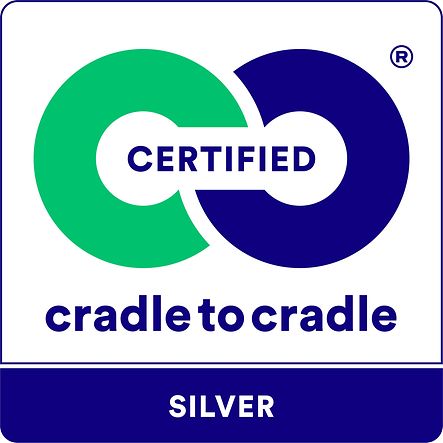
Schüco Systems with Bronze Certification
Schüco Systems with Bronze Certification
Four Schüco systems have C2C Bronze certification. These are two window systems, one façade system and one sliding system. You can download our C2C Bronze here.
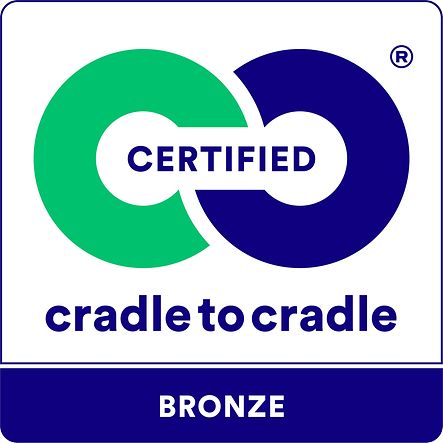

“Since the beginning of the century, we have been concentrating on the issue of what architectural solutions for sustainable buildings might look like. Our considerations have since stretched far beyond the original core issue of energy efficiency: the increasing scarcity of resources requires a holistic consideration of buildings in their lifecycle.
In 2008, the DGNB (German Sustainable Building Council) developed its certification standard, and with it the most comprehensive system yet for sustainable building in the context of ecological and socio-cultural aspects. We have been working actively and formatively with the product advisory board ever since it was founded. In this way, we have been focusing on the responsible treatment of resources from an early stage. A core idea in this regard is the closed-loop circulation of construction products.
The Cradle to Cradle design concept combines these principles in one system. For us it was therefore a logical step to apply the C2C standard to our modular window and façade systems and design them to be adaptable and recyclable.”
